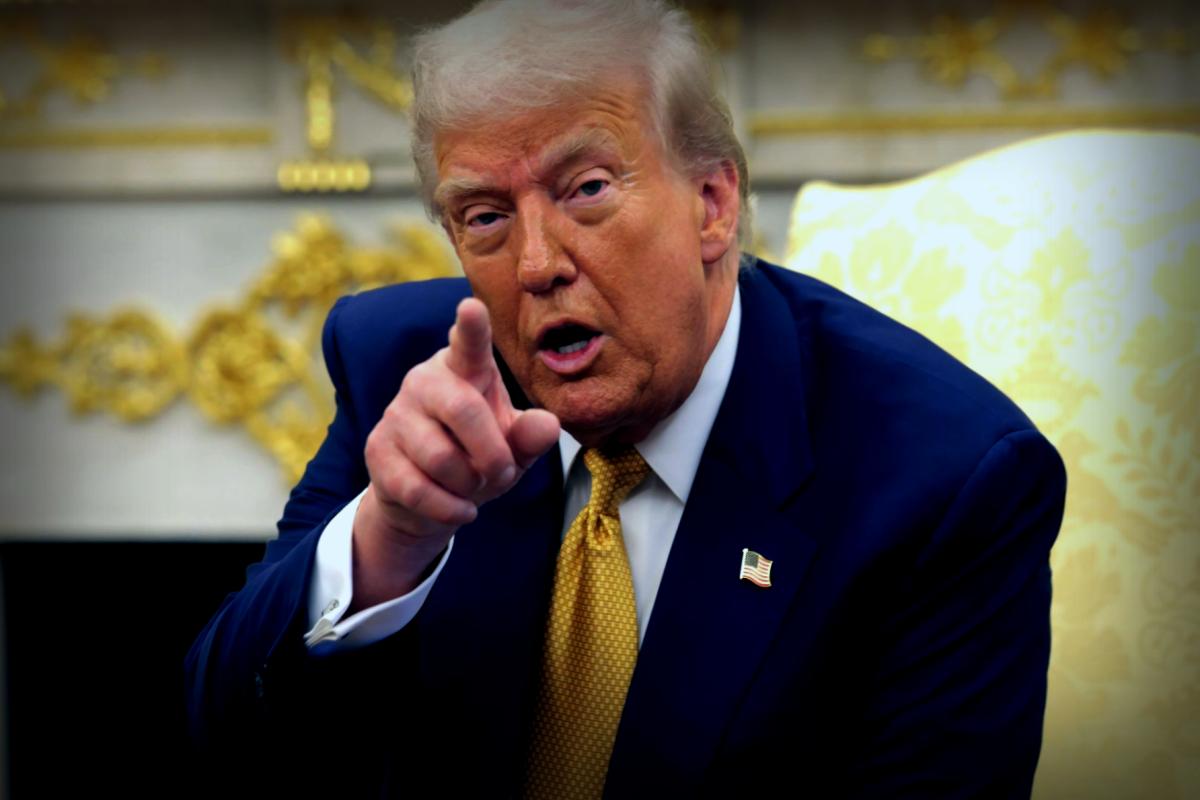President Donald Trump’s recent tariff initiatives are bringing in record amounts of revenue for the U.S. government. A leading budget watchdog group claims that the income generated could rival the effects of implementing a brand-new payroll tax or slashing the military budget by about 17%. But the real question is: can these massive cash inflows really make a dent in the staggering $37 trillion national debt that the country is struggling with?
According to the Committee for a Responsible Federal Budget (CRFB), the revenues from these tariffs are termed “meaningful” and “significant.” Since Trump took back the presidency, he’s began imposing “reciprocal tariffs” on practically every major trading partner of the U.S. In July alone, the government collected an estimated $25 billion, more than triple the amount collected at the end of the previous year, and it’s just the beginning for what the forthcoming months might bring. The CRFB predicts that these tariffs could net an impressive $1.3 trillion through the remainder of Trump’s term, and about $2.8 trillion by 2034. That’s a whopping $600 billion increase compared to the amounts in place as of May.
Analyzing Effects on National Debt
The injection of approximately $2.8 trillion from tariffs into government funds has the potential to considerably slow down the rate of growth of national debt. According to projections from the Congressional Budget Office and CRFB models, maintaining Trump’s tariff strategy could cut the federal deficit by up to $2.8 trillion over the next ten years. The CRFB highlighted that keeping these tariff increases permanently could “meaningfully reduce deficits, if sustained or replaced on a pay-as-you-go basis.”
Despite this promising outlook, experts cautioned that even though the impact is tangible, it pales in comparison to the massive $37 trillion financial landscape of the U.S. government. The historic tariff revenues are just a small fraction of total federal revenue, nowhere near enough to replace income taxes or significantly close the debt gap. In fact, for the fiscal year 2025, income and payroll taxes accounted for over 75% of federal revenue.
Another critical aspect to consider is: Who is actually footing the bill for these tariffs? Trump’s assertion about who ends up paying is very relevant.
Who Bears the Cost of Tariffs?
Even while the government sees a wave of new money coming in, the reality for most Americans is somewhat different. Typically, businesses pass the costs of tariffs down to consumers, translating into higher prices for everyday goods. Research indicates that these new tariffs act somewhat like a regressive tax, disproportionately affecting low- and middle-income families. For example, the average household in the second-lowest income tier faced an extra cost of about $1,700, while those in the highest income group saw their expenses rise by over $8,100 annually, as illustrated by data from the Yale Budget Lab.
Additionally, experts in defense and infrastructure warn that rising tariff-related costs may lead to higher prices for crucial military hardware and components needed for national security. According to the Council on Foreign Relations, tariffs “create an environment where it’s more expensive to fulfill national defense requirements.”
The Debate Over ‘Tariff Dividend Checks’
President Trump has proposed the idea of distributing what he refers to as “tariff dividend checks” to American families as part of a bigger promise to reduce the nation’s debt. However, many economists argue that this plan may not hold up when scrutinized: even though the government enjoys record revenues, these increases are still overshadowed by yearly expenditures and obligations already in place. In reality, under optimistic forecasts from the Trump administration and budget watchdogs, tariffs may only s d in slowing—not reversing—the relentless rise of national debt.
The CRFB, a respected nonpartisan think tank established in 1981, comprises former members and heads of important fiscal and policy institutions like the Congressional Budget Office, the House and Senate Budget Committees, the Office of Management and Budget, and the Federal Reserve. They consistently advocate for reducing federal deficits and keeping our national debt in check. While often viewed as a “deficit hawk,” the CRFB has generated criticism from some left-leaning figures like Paul Krugman, who once labeled it as a “deficit scold” while associated with the New York Times.
[This article has been updated to specify that the CRFB’s findings imply the tariffs may have substantial effects on the national debt without indicating a substantial reduction overall.]
For this story, Fortune employed generative AI for the initial draft, later verified by an editor for accuracy before publication.
This piece was initially featured on Fortune.com



















